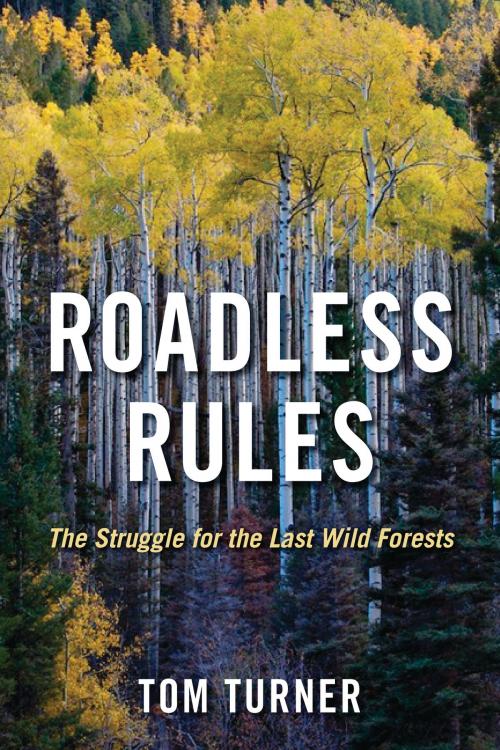Roadless Rules
The Struggle for the Last Wild Forests
Nonfiction, Reference & Language, Law, Environmental, Social & Cultural Studies, Political Science, Government| Author: | Tom Turner | ISBN: | 9781597267977 |
| Publisher: | Island Press | Publication: | April 14, 2010 |
| Imprint: | Island Press | Language: | English |
| Author: | Tom Turner |
| ISBN: | 9781597267977 |
| Publisher: | Island Press |
| Publication: | April 14, 2010 |
| Imprint: | Island Press |
| Language: | English |
Roadless Rules is a fast-paced and insightful look at one of the mimportant, wide-ranging, and controversial efforts to protect public forests ever undertaken in the United States. In January 2000, PresidClinton submitted to the Federal Register the Roadless Area Conservation Rule, prohibiting road construction and timberharvesting in designated roadless areas. Set to take effect sixty days after Clinton left office, the rule was immediately challenged by nine lawsuits from states, counties, off-road-vehicle users, and timber companies. The Bush administration refused to defend the rule and eventually sought to replace it with a rule that invited governors to suggest managempolicies for forests in their states. That rule was attacked by four states and twenty environmental groups and declared illegal. Roadless Rules offers a fascinating overview of the creation of the Clinton roadless rule and the Bush administration’s subsequreplacemrule, the controversy generated, the response of the environmental community, and the legal battles that continue to rage more than seven years later. It explores the value of roadless areas and why the Clinton rule was so important to environmentalists, describes the stakeholder groups involved, and takes readers into courtrooms across the country to hear critical arguments. Author Tom Turner considers the lessons learned from the controversy, arguing that the episode represents an excellexample of how the system can work when all elements of the environmental movemwork together—local groups and individuals determined to save favorite places, national organizations that represlocal interests but also concern themselves with national policies, members of the executive branch who try to serve the public interest but need support from outside, and national organizations that use the legal system to support progress achieved through legislation or executive action.
Roadless Rules is a fast-paced and insightful look at one of the mimportant, wide-ranging, and controversial efforts to protect public forests ever undertaken in the United States. In January 2000, PresidClinton submitted to the Federal Register the Roadless Area Conservation Rule, prohibiting road construction and timberharvesting in designated roadless areas. Set to take effect sixty days after Clinton left office, the rule was immediately challenged by nine lawsuits from states, counties, off-road-vehicle users, and timber companies. The Bush administration refused to defend the rule and eventually sought to replace it with a rule that invited governors to suggest managempolicies for forests in their states. That rule was attacked by four states and twenty environmental groups and declared illegal. Roadless Rules offers a fascinating overview of the creation of the Clinton roadless rule and the Bush administration’s subsequreplacemrule, the controversy generated, the response of the environmental community, and the legal battles that continue to rage more than seven years later. It explores the value of roadless areas and why the Clinton rule was so important to environmentalists, describes the stakeholder groups involved, and takes readers into courtrooms across the country to hear critical arguments. Author Tom Turner considers the lessons learned from the controversy, arguing that the episode represents an excellexample of how the system can work when all elements of the environmental movemwork together—local groups and individuals determined to save favorite places, national organizations that represlocal interests but also concern themselves with national policies, members of the executive branch who try to serve the public interest but need support from outside, and national organizations that use the legal system to support progress achieved through legislation or executive action.















